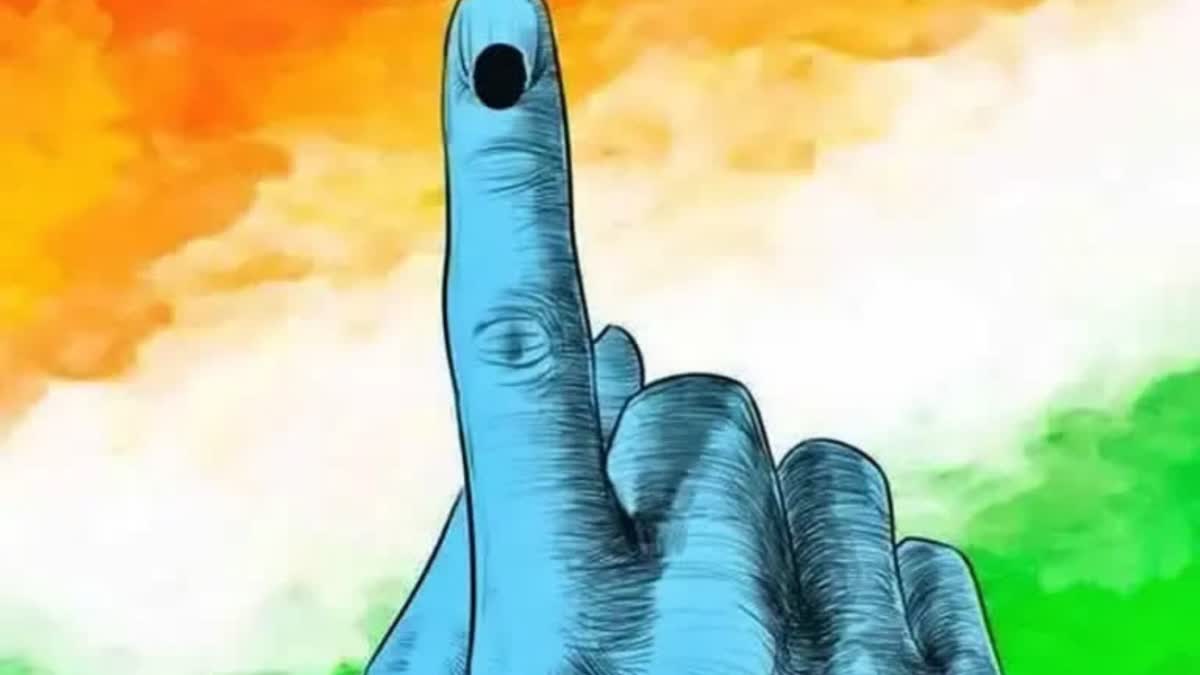Although governments introduce various programs for the empowerment of women, their representation in governance continues to decline. Taking Maharashtra's recent election results as an example, the number of women legislators has seen a drop. In 1962, there were 13 female MLAs in the state assembly. In 2024, their number became 22. This is a decrease from 24 female MLAs in the previous year.
In 1972, the number of women in the assembly was zero, and in 1990, it was only 6.
The analysis of Maharashtra's election results has been compiled in a research note by PRS Legislative Research. For preparing this report, data from the Election Commission of India was utilized. Additionally, the report also includes an analysis of the economic and educational backgrounds of the newly elected MLAs. The Assembly’s size increased from 264 to 270 in 1967, and to 288 in 1980.
This research also shows that the percentage of MLAs with college degrees has increased over the last decade. In the 2024 assembly, 41% of MLAs have up to Higher Secondary education, while 42% are graduates and 17% are postgraduates. Both graduation and postgraduate education have seen a 2% increase compared to the 2019 elections.
Average Age Increased
The average age has increased from 49 in 2009 to 54 in 2024, indicating that the Assembly is getting older. The percentage of MLAs between the ages of 25 to 40 has been consistently decreasing since the 2009 elections. In 2009, it was 22%, which dropped to 20% in 2014, further fell to 14% in 2019, and this year it has decreased to 8%. Meanwhile, the percentage of MLAs in the 56-70 age group has risen to 40% this year, compared to 34% in the previous election. The proportion of those above 70 has also increased to 4%, up from just 1% in the 2019 elections.
Besides this, 27% of the MLAs are politicians or social workers by profession and 86% of MLAs declare agriculture or business as a profession as per report.
In the elections held last week, out of the 288 assembly seats in the state, the Bharatiya Janata Party won 132 seats, Shiv Sena secured 57, the Nationalist Congress Party (NCP) won 41, Shiv Sena (UBT) bagged 20, the Indian National Congress (INC) got 16, the Nationalist Congress Party (SP) won 10, and other parties claimed 12 seats.



